By Junex Doronio
MANILA — “When you’re weak, pretend that you’re strong. When you’re strong, pretend that you’re weak,” once advised Chinese legendary military genius Sun Tzu in his book “The Art of War” and this seems to be being applied when the number of Chinese vessels has increased in the West Philippines Sea amid “Balikatan” or the joint military exercise of the Philippines and United States.
On Tuesday (23 April 2024), Philippine Navy spokesperson for the WPS Commodore Roy Vincent Trinidad disclosed that there’s a big increase in the number of Chinese maritime militia vessels in the WPS particularly in Bajo de Masinloc and Pag-asa Island.
“Our monitoring for the past two months for March and April has given us a fairly constant—from a low of 33 and a high of 69, and average of 60 various vessels of China,” Trinidad said in a press conference.
From April 16 to 22, the Philippine Navy noticed 124 Chinese vessels including three PLAN ships and 11 Chinese Coast Guard vessels were spotted in the WPS.
“Only for this week that we have seen a surge of up to a total of 124. Three People’s Liberation Army Navy (PLAN) and (China) Coast Guard having 10. This coincides with Balikatan. This upsurge is out of the normal,” Trinidad noted.
Bajo de Masinloc – 38 vessels (7 Chinese Coast Guard ships, 31 Chinese maritime militia vessels)
Ayungin Shoal – 31 (3 CCG ships, 28 CMM vessels)
Pag-asa Island – 46 (1 PLAN ship, 1 CCG ship, 44 CMM vessels)
Parola Island – 3 CMM vessels
Lawak Island – 1 PLAN ship
Panata Island – 4 CMM vessels
Patag Island – PLAN vessel
Trinidad further noted that the Chinese maritime militia vessels were anchored together.
(el Amigo/mnm)
By Junex Doronio
MANILA — Was it a mistake, if not a blunder, that the permanent US military bases were booted out of the Philippines?
This question surfaced as a top Philippine Navy official noted that China only became emboldened to enter the exclusive economic zone (EEZ) “with the absence of a power,” the United States of America.
“China’s activities are always dependent on the absence of a power, the US, this has encroached into the EEZ of countries bordering the South China Sea,” Philippine Navy spokesperson for the West Philippine Sea (WPS) Commodore Roy Vincent Trinidad said.
Trinidad explained that this was based on China’s previous actions not only in the Philippines but also in Vietnam.
“If you look at the actions of China, they come in whenever there is a vacuum. So looking at the history, the pullout of foreign forces from Vietnam, they came in. The pullout of the US forces from the Philippines, they came in,” the PN official said.
The permanent US military bases in Subic and Clark were closed down in 1992.
“We started noticing their markers in 1992, 1993. They prevented our gray ships from entering Mischief reef, in 1995 they established fishermen’s shelter they said it would be for maritime research, eventually they made their military bases, they militarized the area,” Trinidad added.
On Tuesday (16 April 2024), Trinidad revealed that a total of 55 Chinese vessels were monitored in different features in the WPS.
He said the following Chinese vessels were spotted in the following areas:
* Bajo de Masinloc – two Chinese Coast Guard vessels, 24 Chinese maritime militia vessels
* Ayungin Shoal – one Chinese Coast Guard vessel, five Chinese fishing vessels
* Pagasa Island – one Chinese Coast Guard vessel, 19 Chinese maritime militia vessels
* Panata Island – two Chinese maritime militia vessels
* Lawak Island – one People’s Liberation Army Navy (PLAN) vessel
However, Trinidad said so far the Chinese vessels have not performed aggressive actions.
“Their activities have been varied, some of them would be lying to or stationary, others would be moving, doing patrols,” he observed.
In 2016, an international arbitration tribunal in the Hague said China’s claims had no legal basis, a decision that China has rejected.
(el Amigo/MNM)
By Junex Doronio
MANILA — Saying that the two Chinese research vessels were out of the country’s exclusive economic zone (EEZ) as of Saturday (2 March 2024) after an approximately three-day passage, Philippine Navy spokesperson Commodore Roy Vincent Trinidad on Sunday said the sighting of these at the Philippine Rise “is not a cause of concern.”
He pointed out that the vessels might have only conducted “a normal transit passage.”
“It is not a cause of concern kasi based on UNCLOS (United Nations Convention on the Law of the Sea), authorized naman dumaan sa exclusive economic zone ng isang coastal state ang maritime traffic,” Trinidad told ABS-CBN News in a phone interview.
He revealed that the vessels were last spotted 600 nautical miles east of Casiguran or beyond the country’s exclusive economic zone, as of Sunday morning (3 March 2024).
Dr. Chester Cabalza, founding president of think tank International Development and Security Cooperation (IDSC), explained that the UNCLOS allows innocent passage of foreign vessels in the waters in an EEZ as long as they do not participate in proprietary activities reserved for the coastal state, such as fishing or conducting research, without permission.
In a post on X, former United States Air Force official and ex-Defense Attaché Ray Powell earlier said the Chinese vessels Haiyang Dizhi Liuhao and Haiyang Dizhi Shihao sailed from Longque Island in Guangzhou province on February 26 and moved east-southeast through the Luzon Strait.
“As of 1 March they are loitering east of Luzon in the NE (Northeast) corner of Benham (Philippine) Rise, which is in the Philippines’ exclusive economic zone,” Powell claimed.
(el Amigo/MNM)
Philippine Navy and Marine Corps personnel engage in a meticulous flag ceremony rehearsal at the revered shrine of Dr. Jose Rizal in Luneta Park on Thursday, December 28, 2023.
This dedicated practice is in anticipation of the significant 127th Rizal Day commemoration scheduled for Saturday, December 30, 2023.




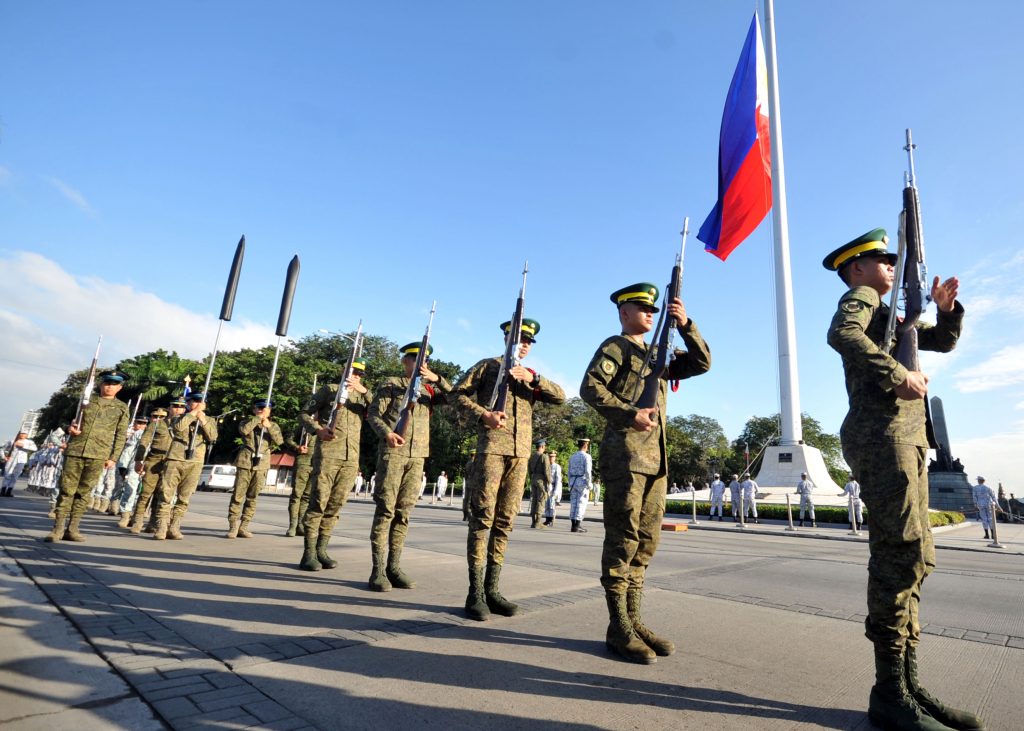

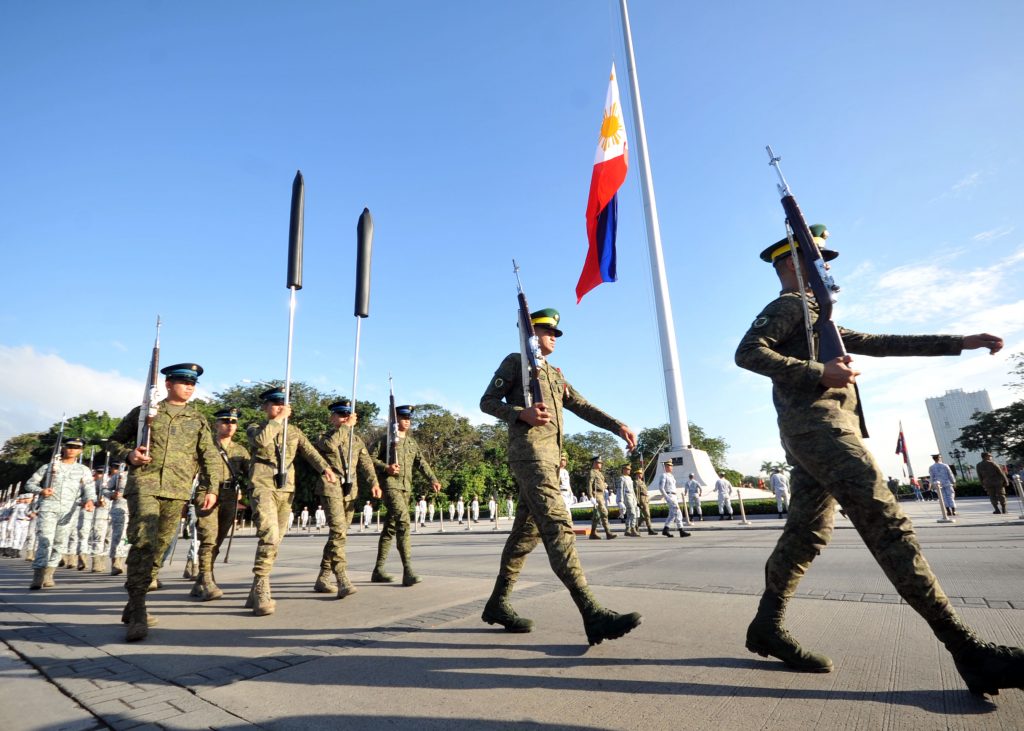
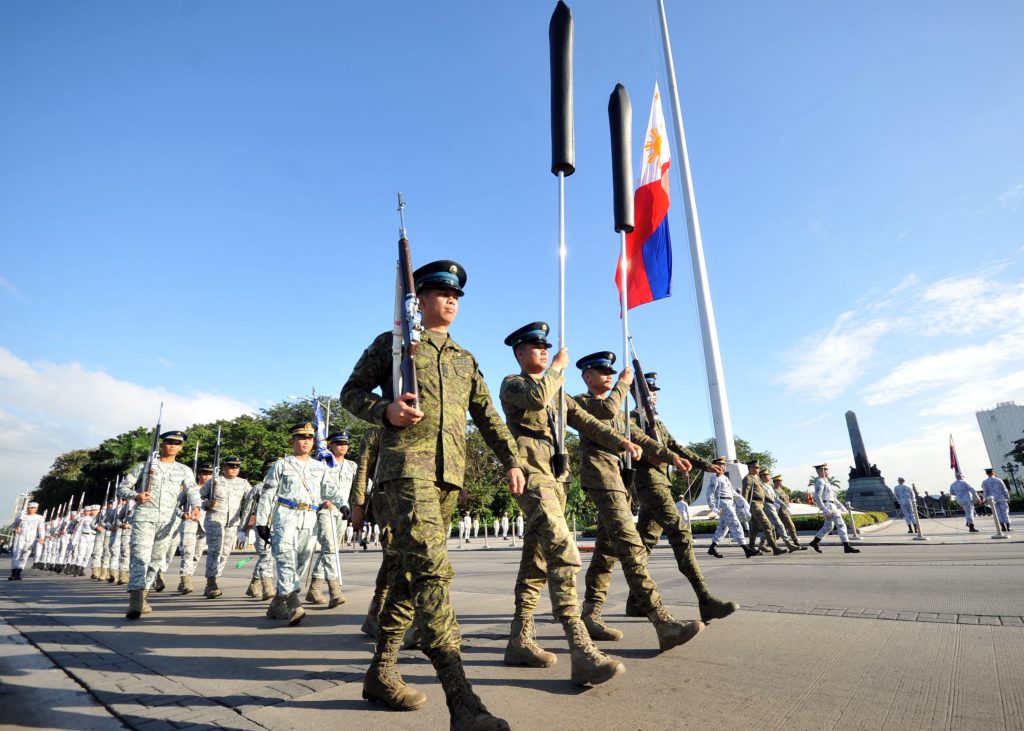
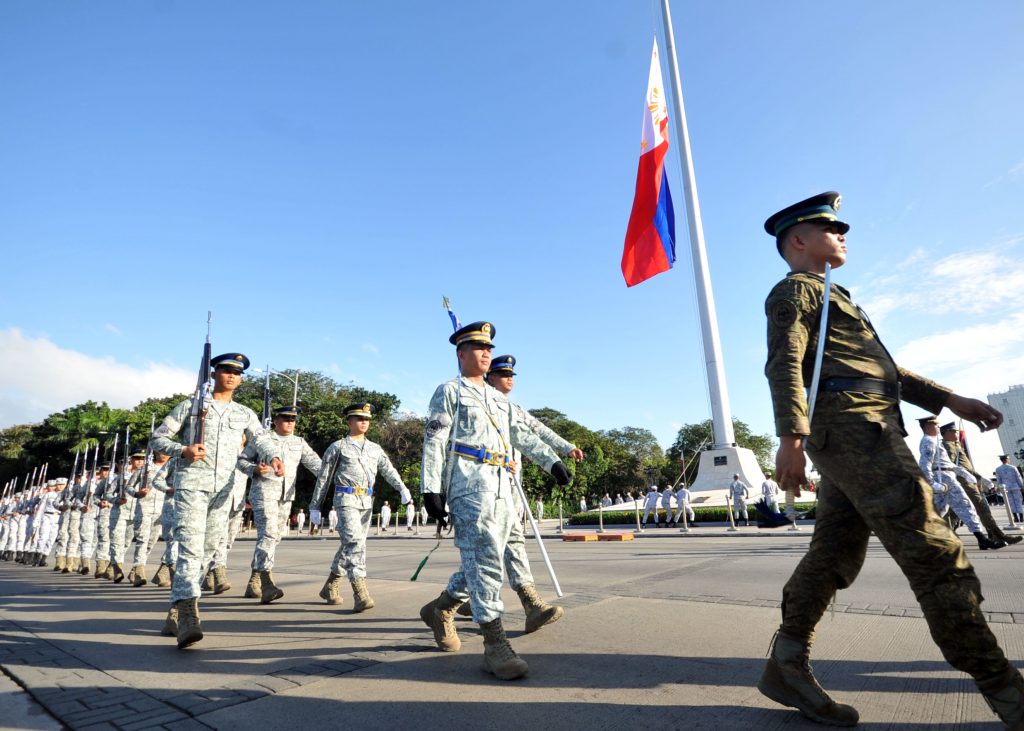
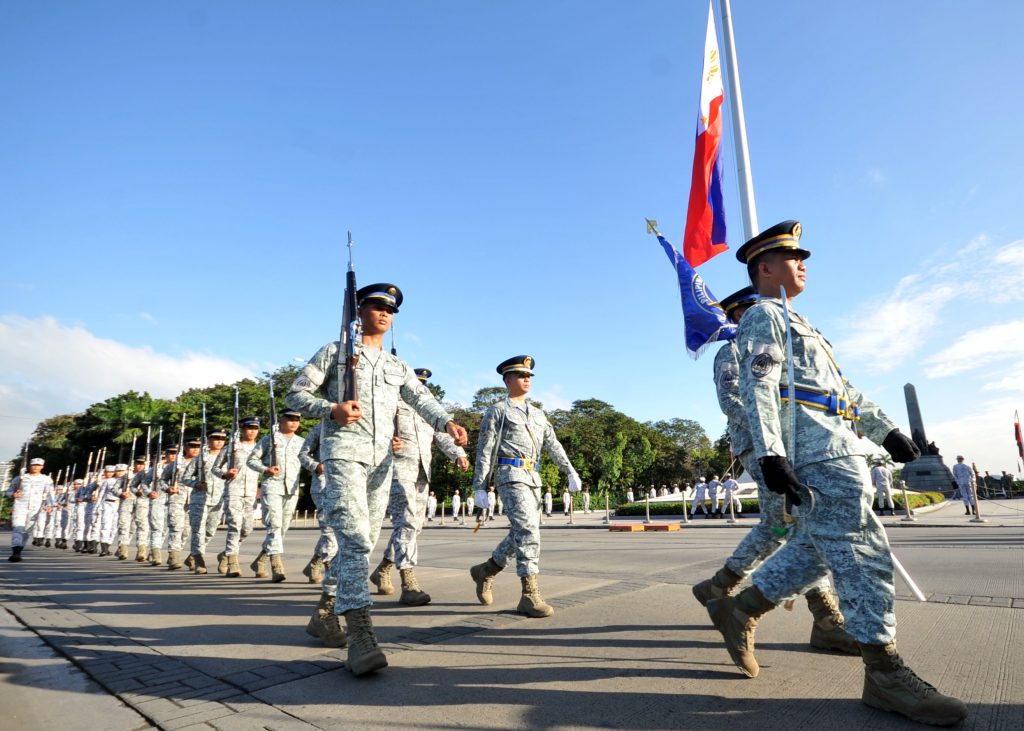
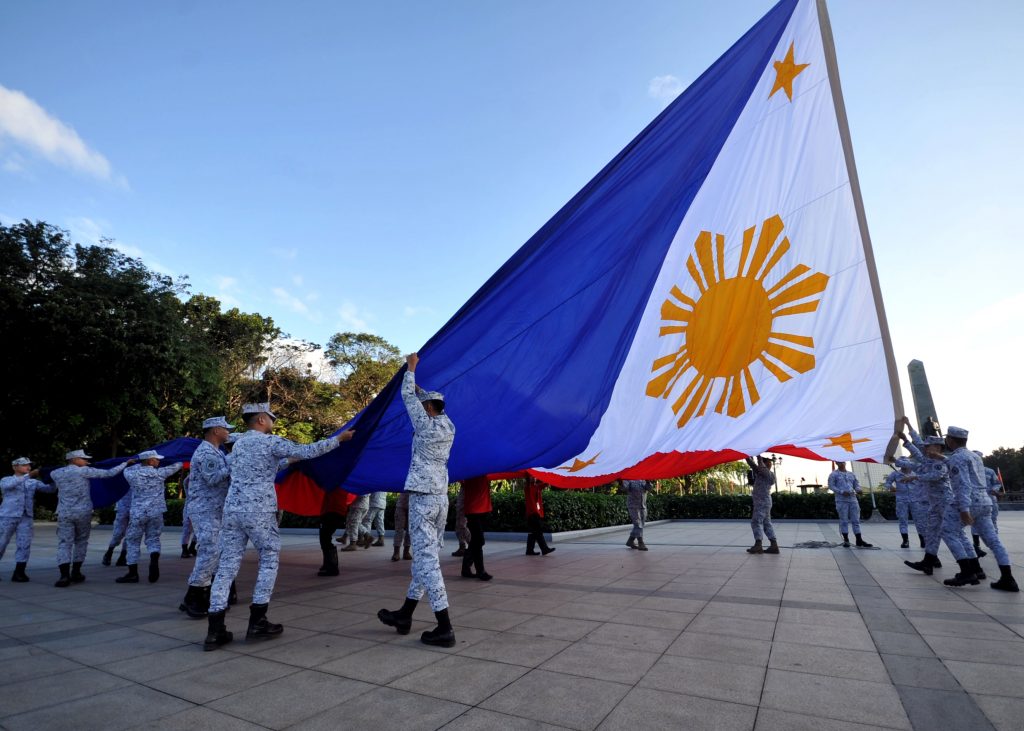
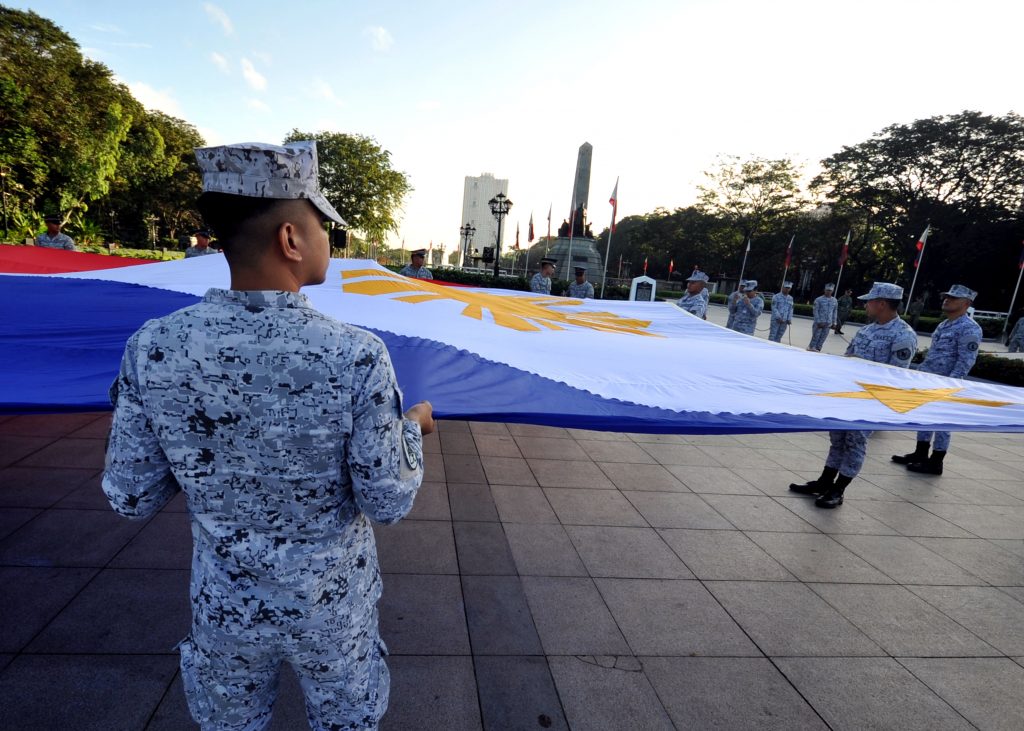

(Benjamin Cuaresma/IAmigo/MNM)
